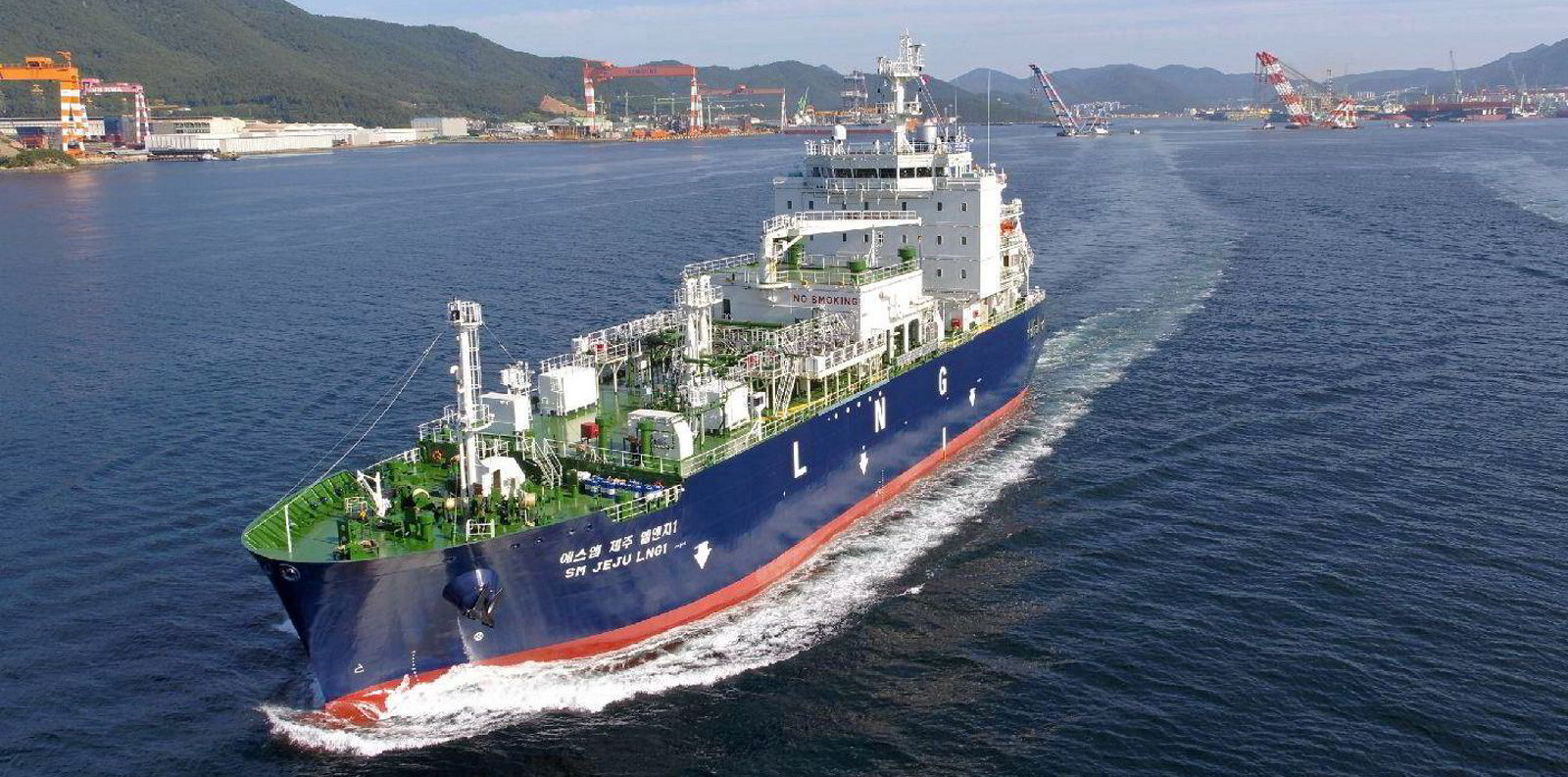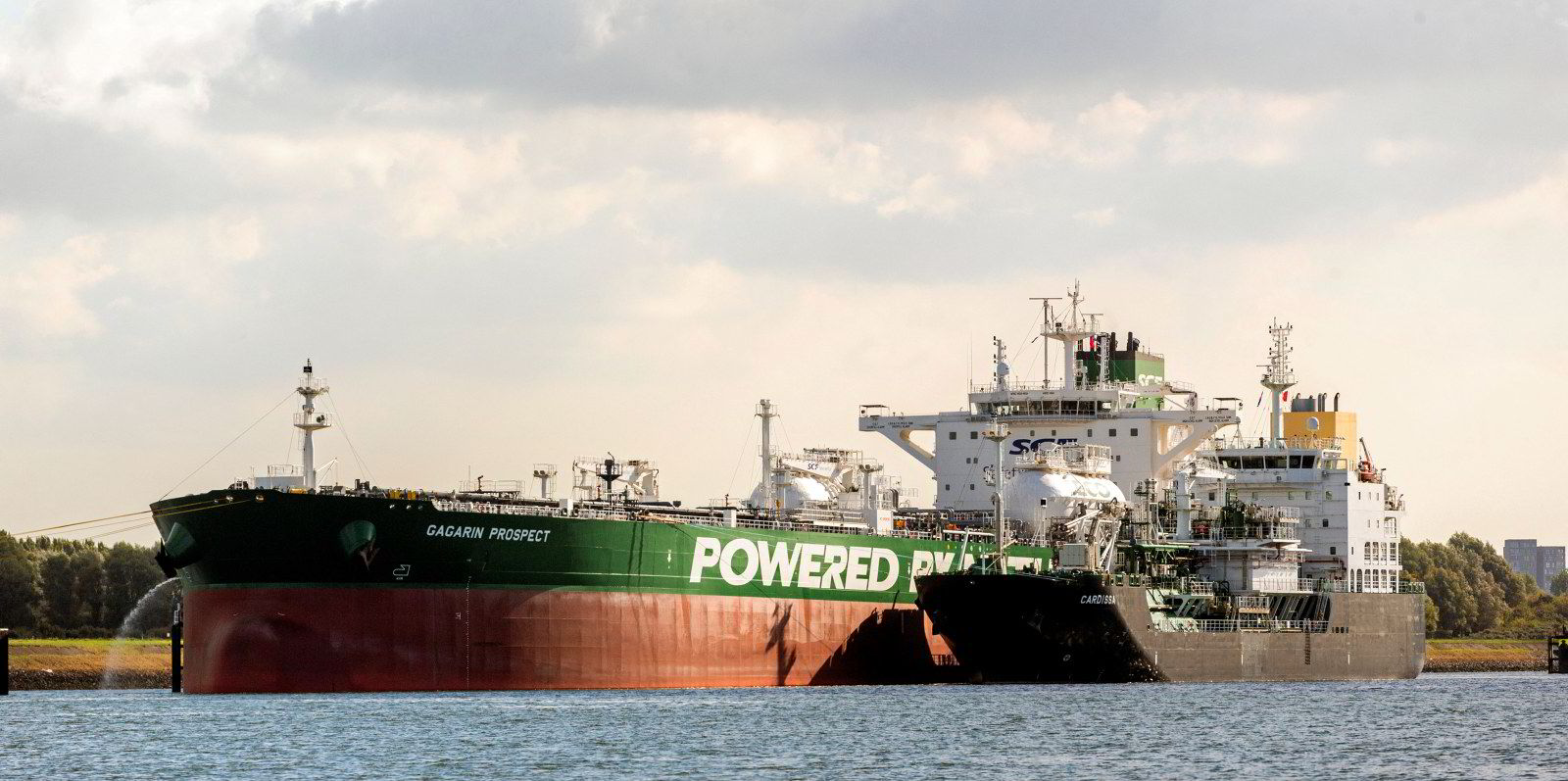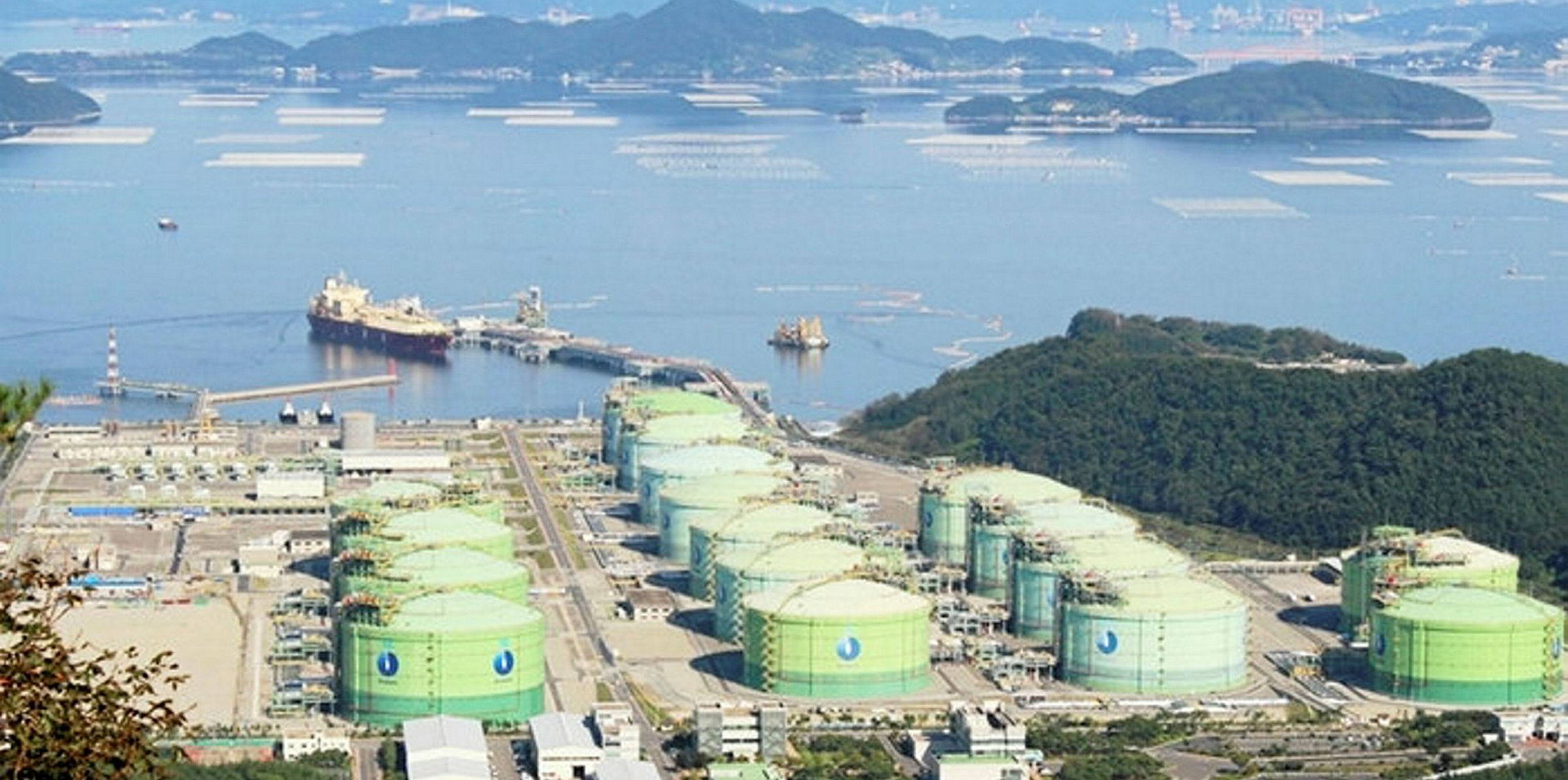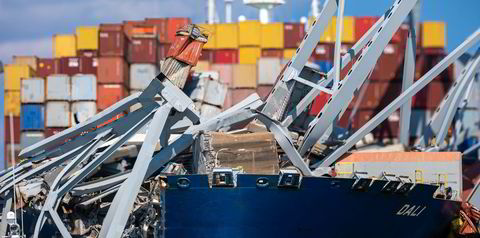South Korea's Hyundai Heavy Industries has added LNG bunker vessels (LNGBVs) to its portfolio with an order from a compatriot utility.
The Ulsan-based shipbuilding giant secured a newbuilding contract from Korea LNG Filling, a subsidiary of state-run Korea Gas (Kogas), to build a 7,500-cbm LNGBV. The deal does not include any optional vessel.
Shipbuilding sources said this is HHI’s first LNGBV newbuilding contract. The shipbuilder has not disclosed why it has started building these vessels.
HHI is known for building large tankers, containerships and gas carriers. The smaller vessels including LNGBV, are usually built by Hyundai Mipo Dockyard, a sister yard under the Hyundai Heavy Industries Holdings umbrella.
The price is not known but HHI is scheduled to deliver the LNGBV newbuilding in early 2023.
Officials at HHI and Kogas were unavailable for comment, due to a public holiday in South Korea.
According to South Korean media, Korea LNG Filling will receive KRW15bn ($13.37m) in subsidies from the Ministry of Oceans and Fisheries to help finance the order.
Early this year, South Korea said that in line with the country’s green energy drive, it will allocate KRW 205bn to promote eco-friendly ships for the local maritime industry.
Under the project, the nation will seek to build 39 eco-friendly ships this year, including two LNGBVs.
Government subsidy
According to the oceans ministry, companies will be able to receive subsidies of up to 20% of the shipbuilding costs when they order eco-friendly vessels.
Last year, Kogas was reported to be forming a LNG bunkering joint venture with Busan Port Authority, steelmaker Posco International, refining company S-Oil, logistics firm Daewoo Logistics and shipping outfit Hyundai Glovis.
The partnership is aimed at responding to the tightening of marine environment regulations and to provide an opportunity for the adoption of LNG as marine fuel in South Korea.
Kogas is targeting to supply 1.36m tonnes of LNG for marine bunkering by 2030 by building more facilities in ports for LNG-fuelled vessels. The state-owned company and its associates are also planning to put three new LNGBVs in place and install a new LNG fuelling facility at Dangjin.






